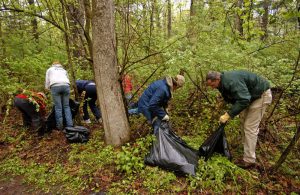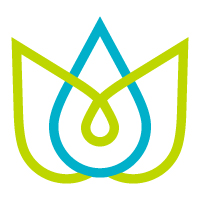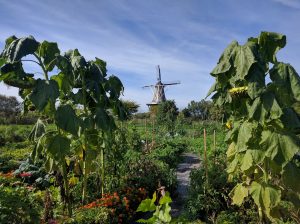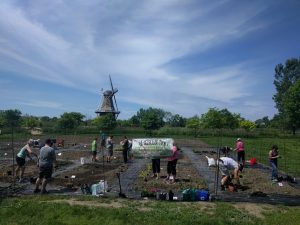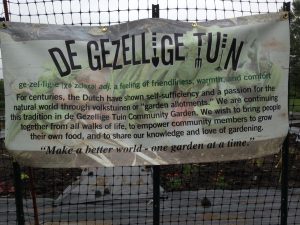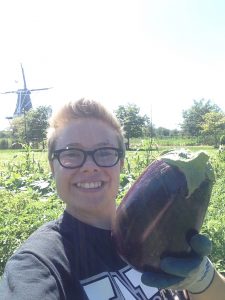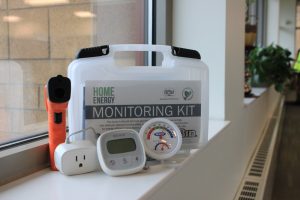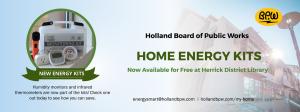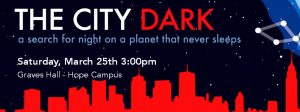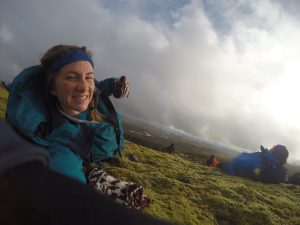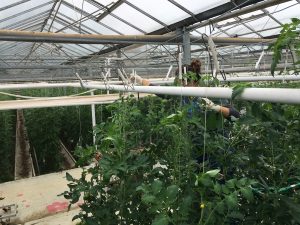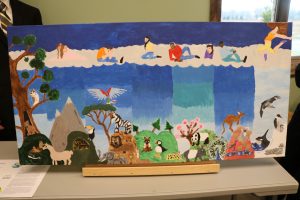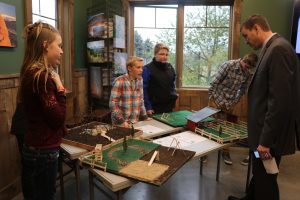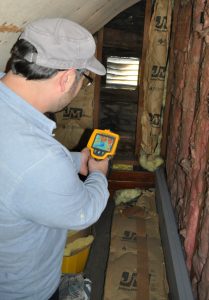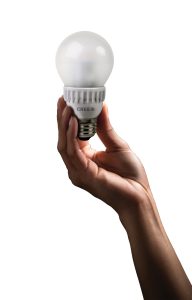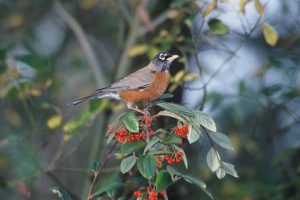LIVING SUSTAINABLY: You Can Help Fight the Invasives Invasion
By Laura Grant, Herrick District Library
Spring is here, and nature is coming back to life all around the area. The returning plants and animals remind us of rebirth and renewal. It’s a perfect time to think not only about greening our own yards and also improving the parks and public open spaces entrusted to us. Essential in that is knowing that not all the growing things belong here.
West Michigan is blessed with amazing natural landscapes, from the Lake Michigan shoreline and dunes to forests, rivers and everything in between. The state, counties and townships maintain fantastic pieces of nature for us to all to enjoy.
But invasive plant species, like garlic mustard, phragmites, and Japanese knotweed threaten the vitality of these spaces. Invasive plants out-compete native counterparts, depriving them of sun, water and other nutrients.
Each of us can help fight back against the invaders. We can add native greenery to our plantings. These plants provide habitat for creatures, require less water, and are generally hardier than their non-natural counterparts. To boost the native habitat in your yard, check out the upcoming Ottawa Conservation District annual native plant sale. Order forms are available now (at www.ottawacd.org/), and plant pick up is May 10.
Also, watch for opportunities to get involved in group work days to remove invasive species. Ottawa County parks sponsors a number of opportunities (see miottawa.org/Parks/volunteer).
More immediately, we can all find out more about the invasive invasion and what we can do about it at the Living Sustainably Along the Lakeshore meeting on Tuesday, April 18, at Herrick District Library. At the event:
Drew Rayner, the West Michigan intergovernmental invasive species coordinator, will provide information about the area’s High Priority List of Invasive Plants, educate about tools for identification, and inspire those attending to take action both in their backyards and in cooperation with the greater West Michigan community.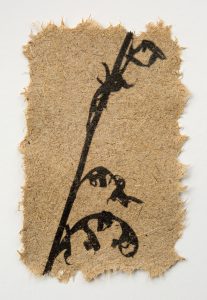
Jane Kramer, a fine arts photographer, will discuss her Foreshadowing series of art that transfers the shadows of endangered plant species onto paper she makes from invasive plant species. Kramer will discuss her process that includes collecting invasive plants, processing plants to make pulp, making paper, photographing the shadows of plants, and using alcohol gel transfers to print the images onto the invasive-based paper. She plans to do a photo transfer demonstration at the end of the program for anyone who would like to watch.
Other Resources
Ottawa Conservation District (http://www.ottawacd.org/) or (616) 842-5852 Ext. 5.
Ottawa County Parks and Recreation at (616) 786-4847
West Michigan Cooperative Invasive Species Network, (616)402-9608 or e-mail [email protected]
janekramer.com/foreshadowing.html
Laura Grant is a library assistant at Herrick District Library and a member of the Living Sustainably Along the Lakeshore committee.
PHOTOS:
COMPASS PLANT.JPG — An image of a threatened species, compass plant, is printed on paper made from the invasive phragmites plant. Courtesy photo.
GARLIC MUSTARD VOLUNTEERS.JPG – Volunteers such as this group work in area parks and public lands to pull out invasive species such as garlic mustard. Courtesy photo.
If You Go:
What: “What’s Invading My Habitat?”
Who: Anyone, community members interested in ways to get involved with protecting and enhancing their local environment
When: Tuesday, April 18, 6:30 p.m.
Where: Herrick District Library, 300 S. River Ave., Holland
![]() This Week’s Sustainability Framework Theme: Community Knowledge: The collective knowledge and energy of the community is an incredible resource that must be channeled to where it is needed.
This Week’s Sustainability Framework Theme: Community Knowledge: The collective knowledge and energy of the community is an incredible resource that must be channeled to where it is needed.
Living Sustainably is a collection of community voices sharing updates about local sustainability initiatives. It is presented by the Holland-Hope College Sustainability Institute, a joint project of Hope College, the City of Holland, and Holland Board of Public Works. Go to www.hope.edu/sustainability-institute for more information.


